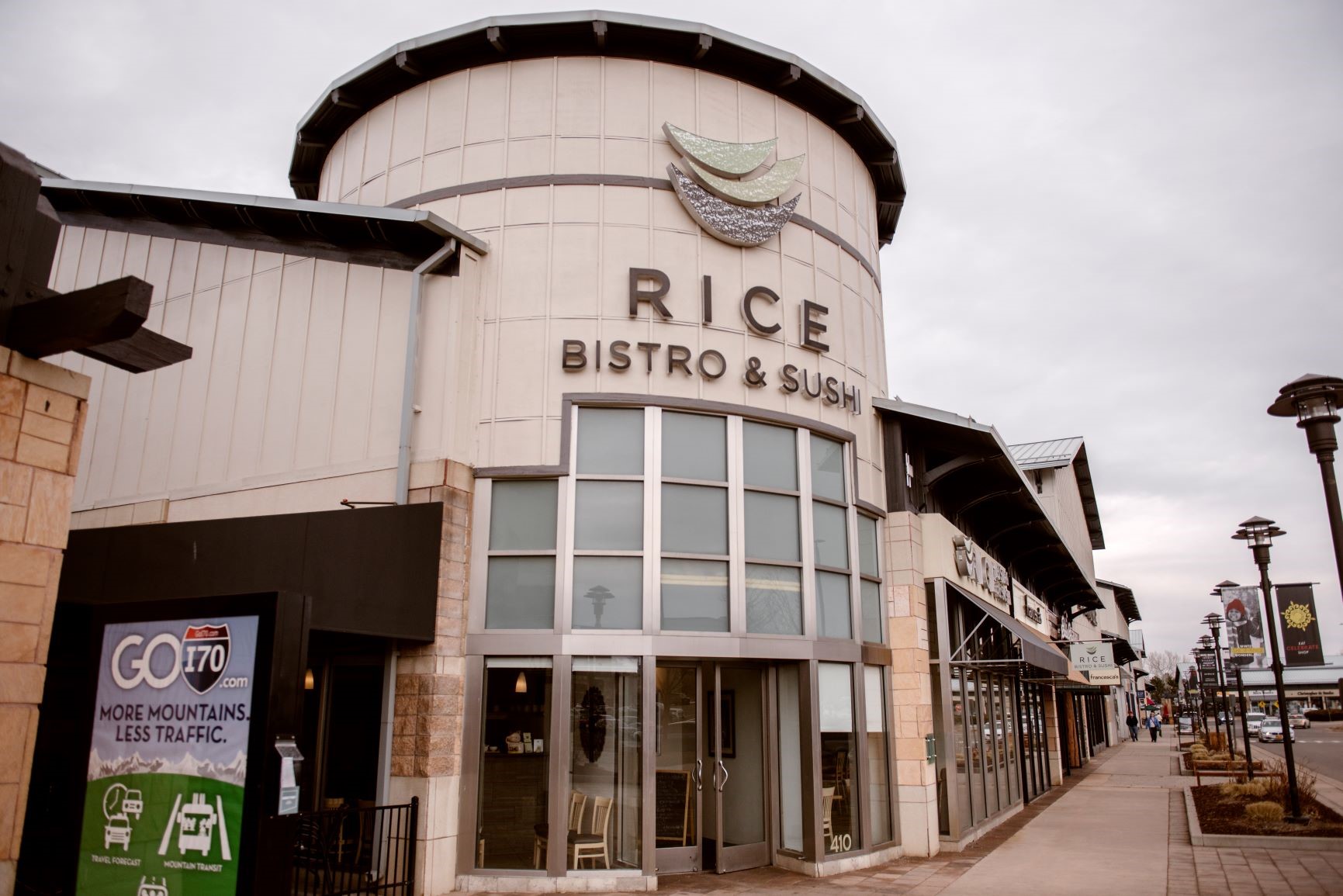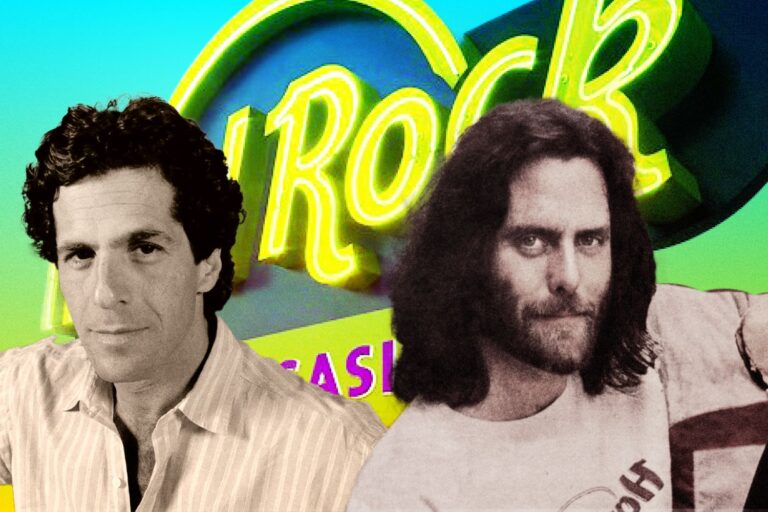Engrossing Stories behind the Remarkable Rise of Grubhub
GrubHub Inc. is an American online and mobile prepared food ordering and delivery platform that connects diners with local restaurants. The company is based in Chicago, Illinois and was founded in 2004. As of 2019, the company had 19.9 million active users and 115,000 associated restaurants across 3,200 cities and all 50 states in the United States. Grubhub Seamless went public in April 2014 and trades on the New York Stock Exchange (NYSE) under the ticker symbol GRUB.
How an online delivery platform like GrubHub has become a prevalent food ordering way for consumers across the U.S? And what business strategies does GrubHub implement to grab undoubtedly crowing achievements? Let take a deep breath to allow your mind creep into the engrossing words that unveil of the rise and hard truth of GrubHub.
The Rise of Grubhub Has Changed The Way Consumers Buy Food From Restaurants

A decade ago, ordering in for dinner often meant choosing between pizza and fried chicken that might not show up lukewarm at the doorstep.
The rise in online food delivery has changed that. Now, consumers can have anything from a steaming bowl of ramen to filet mignon sent to their front doors.
A 2011 Cornell survey of 372 U.S. restaurant operators found that less than 10% of takeout or delivery orders were done online. Since then, third-party delivery apps like GrubHub and Uber Eats have transformed the delivery market. Consumers looking for convenient meals ordered $10.2 billion from delivery aggregators in 2018, which would make the third-party delivery market the size of the fifth-largest U.S. restaurant chain, according to Technomic.
“The consumer migrated towards having this expectation of things being at our fingertips, from other industries — the Amazon effect, you could argue, contributed to some of this,” said Aaron Allen, CEO of restaurant consultancy Aaron Allen & Associates.
As consumers embrace delivery convenience and abundant options, ordering food delivery platform like GrubHub will be a suitable choice to satisfy their needs.
On the side, the boom in food delivery started when up-and-coming aggregators began partnering with independent restaurants. In June 2014, Grubhub began offering delivery for restaurants that do not operate their own delivery service. In following years, the company was delivering in more than 50 markets across the U.S. And in July 2018, Grubhub announced that had it expanded its delivery capabilities to 28 new cities in the US.
Delivery provider GrubHub charges restaurants 15% to 30% on every order they fulfill. But commission fees have been decreasing in part because of competition.
Additionally, restaurants are now pushing back and figuring out how to be better partners and find better partners and get to leverage this off-premises channel more.

In the end month of 2019, McDonald’s renegotiated its Uber Eats contract, reportedly pushing for a lower commission fee and ending its exclusive contract. It later announced partnerships with GrubHub. The partner relationship is cemented between GrubHub and fast-food chain McDonald’s embedded in long-term cunning strategy to get a competitive large pie of F&B field.
As overall delivery sales have surged, third-party aggregator have stolen market share from the two types of eateries that typically deliver their own food: Chinese restaurants and pizzerias.
For instance, in the face of growing competition from competitors outsourcing delivery providers, Pizza Hut and Papa John’s have teamed with aggregators. Others that initially rejected outsourcing delivery, including Panera Bread, have since changed, seeing aggregators as a new type of marketing and a way to address a labor shortage.
GrubHub, the only profitable delivery provider, takes an advantage of paradigm shift in streamlining business operations of local restaurants and global fast-food chain to launch of its GrubHub Seamless scheme. In May 2013, Grubhub and Seamless announced that they were merging, with Seamless representing 58% of the equity and GrubHub representing 42% of the equity of the combined business; the merger was finalized in early August 2013.
When GrubHub started, it was just a pair of hungry guys with an idea.
Now the website (and mobile app), which allows users to find delivery and takeout restaurants nearby and order the food online, is a multi-million-dollar company.

Back in 2004, Matt Maloney and Mike Evans were both working as developers at Apartments, a site that helps you find apartments and condos to rent. The job required a lot of late nights at the office. At the beginning, they just thought it was a cool business idea. It was a simple, quick look-up site for restaurants in your neighborhood.
But then, they started expanding. In 2007 GrubHub secured its first round of funding, totaling $1.1 million, from Amicus Capital, Origin Ventures and some angel investors. Now, it has raised a total of $84 million in venture capital and cracked the top 250 on the Inc. 500 list.
GrubHub works with a restaurant advisory board to figure out what restaurant owners really want and figure out the best way to provide more value to them.
As for diners, GrubHub has more than 250,000 menus and can be found in upwards of 300 cities across the country. The company has also successfully expanded to the mobile world. Its mobile app now supports 20% of its orders. “Using it is pretty insane,” says Maloney. “It’s something that I never imagined when we started.”
In 2010, GrubHub raised $11 million to expand to more cities.
The company has hoped to use the new round of venture capital – its third in six years – to reach more users who want meals delivered to their doorstep, but without the trouble having to sift through a pile of take-out menus and making a phone call.
Benchmark Capital led the latest round of funding. Previous investors also participated including Origin Ventures, Leo Capital and Amicus Capital. Over the years, GrubHub has raised a total of $14.1 million.

The company, based in Chicago, has faced a long list of competitors in an industry that has yet to reach much of the country. Most services covered only a limited number of cities and even less of the suburbs. Some charges delivery fees. Challengers to GrubHub include Delivery, Eat24hours and CityMint. Waiters on Wheels offers a variation in which it handles the delivery instead of the restaurant.
GrubHub works like this: Users enter their address to find restaurants nearby that deliver. They can also search by cuisine like Chinese or pizza. Users look at the menus online and then place an order. The restaurant takes care of the delivery and payment.
GrubHub is free for consumers. The company makes its money by charging restaurants a commission on orders and in return, the restaurants that pay appear higher in the search results.
“Restaurants are doing well cooking food, but they need some help in the technology space,” said Matt Maloney, GrubHub’s chief executive.
Around 4,500 restaurants have teamed with GrubHub so far. An additional 8,500 restaurants appear on the site, but users must call them rather than ordering online.
Mr. Maloney said that GrubHub would double the number of cities it serves by the end of next year to 26. The company is available bigger cities like New York, Los Angeles and San Francisco.
Orders placed through GrubHub are expected to rise from $70 million this year to $150 million in 2011, Mr. Maloney said.
Bill Gurley, a venture capitalist with Benchmark, and who led its investment in GrubHub, said that the sales figures might seem small now, but that he expected the restaurant industry to increasingly move online in the coming years. He cited the example of companies in other industries like Southwest Airlines, Ticketmaster and OpenTable, the restaurant reservation service that Benchmark also invested in.
“All of these industries have gone from zero percent to 100 percent,” Mr. Gurley said before pointing to restaurant delivery. “This one is starting to move, and we see no reason why it won’t follow the same pattern in maybe 20 to 30 years out.”
Will Grubhub Seamless Threaten to Local Restaurants

GrubHub Seamless has made ordering delivery much easier for consumers, and restaurant owners acknowledge that business would be dramatically lower without it. But the cost is substantial, and restaurants – already feeling the pinch of high rent, increased wages, and so forth – no longer believe that the company is on their side. Indeed, with no formidable competitors, GrubHub Seamless is not afraid to flex the extraordinary power it has over restaurants that offer delivery.
Seamless takes a percentage, not a flat fee, of the total food and beverage amount, even though its involvement is the same whether an order is for $10 or $250. In April of 2014, under pressure from the New York Attorney General, Seamless agreed to stop including gratuity and tax. Restaurants can choose from four commission levels 12.5%, 15%, 17.5%, and 20%. The more a restaurant pays, the higher up it will appear in the search results.
When you search for restaurants on Seamless, you may have noticed that, in the default view, the results appear to be random, but they are actually arranged by who paid what. You do have the option of sorting by other criteria—restaurant name, price, rating, distance, delivery estimate, or delivery minimum. Only the name and distance filters appear to be unaffected by the commission.
This explains why Seamless floods the results with so many restaurants, including ones farther away than your typical delivery zone. The more results there are, the harder it is for a restaurant to stand out—which makes restaurants likelier to pay more to increase their exposure. Is it cynical to think that this may also be why the company has been less then vigilant about cracking down on false listings?
But even a 20% commission does not guarantee restaurants much of anything. To show up on the first few pages of search results, they have to pay much more. The percentage is determined by what competing restaurants will pay, and because the process is opaque, restaurants have no choice but to trust that Seamless is not manipulating the rates to its own advantage.
The commission structure particularly galls restaurants that do a lot of corporate business. In a brilliant move, Seamless effectively cornered the delivery market by offering corporate accounts that allow employees who work late to order through Seamless, but only after a certain hour and up to a certain dollar amount. The companies get billed directly and the employees do not have to go to the trouble of getting reimbursed. And many companies now insist that their employees use Seamless for late-night meals.
So, if a restaurant is paying a commission of 20% or less, it is solely using Seamless to facilitate the transaction; the marketing component is negligible to nil. And even though all Seamless is doing is taking the order and charging the credit card – something that might reasonably be covered in a 12.5%-20% commission – it tags on a credit-card “processing fee” of 3.05% plus USD 30 per order.
Grubhub to Merge with Just Eat in $7.3 Billion Deal

European food delivery giant Just Eat Takeaway is in advanced talks to buy U.S. rival GrubHub for $7.3 billion, grabbing a share of the surging U.S. market and creating the world’s biggest food ordering service.
The coronavirus pandemic has pushed the need for consolidation within the food delivery industry into sharp focus. Analysts say that the mostly unprofitable food delivery firms need to consolidate in order to survive but the surge of at-home orders during the pandemic has raised concerns over competition, and some unpalatable tactics that impact restaurants. A tie between Uber Eats and Grubhub would have created a business with a 45% share of the food delivery market in the U.S, catapulting the firms into a position to rival Doordash’s 45% market share. New York City Mayor Bill de Blasio has move to cap delivery commissions at 10% was an early signal of regulators frustration following a drumbeat of stories over the lockdown about Grubhub’s move to set up shadow websites for restaurants, and fee-charging redirect phone numbers.
In the all-stock deal, Just Eat Takeaway said it would value Grubhub at $75.15 per share, a 27 percent premium to Grubhub’s closing price of $59.05. Grubhub’s founder and chief executive, Matt Maloney, will join Just Eat Takeaway’s board and oversee its business in North America, the companies said.
On the other hand, Uber had been in talks to buy Grubhub, but those discussions foundered over price and regulatory concerns, said people with knowledge of the discussions, who were not authorized to speak publicly. If Uber had bought Grubhub and combined it with Uber Eats, the result would have been the largest food delivery service in the United States, with about a 55 percent market share. That had attracted antitrust scrutiny
Food delivery has become more popular during the coronavirus pandemic. People have turned more toward services such as Grubhub and Uber Eats as restaurants shut down in-room dining during the early phases of the outbreak. Restaurants are slowly beginning to reopen.
Even so, profits in the food delivery business have been elusive. Grubhub has all spent millions of dollars on marketing and incentives to lure customers away from the others. Grubhub, which had been profitable, began losing money as it spent more to fight off rivals.
“Competition and pricing pressure will be fierce going forward,” said Daniel Ives, managing director of equity research at Wedbush Securities. He estimated that Grubhub had a 24 percent share of the U.S. market.









